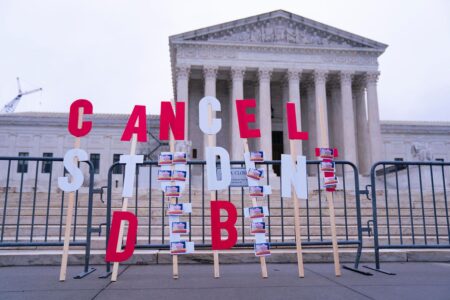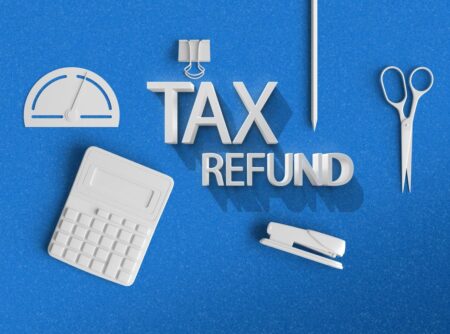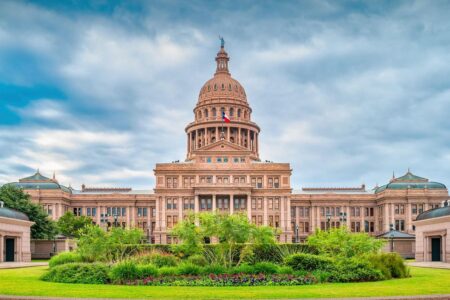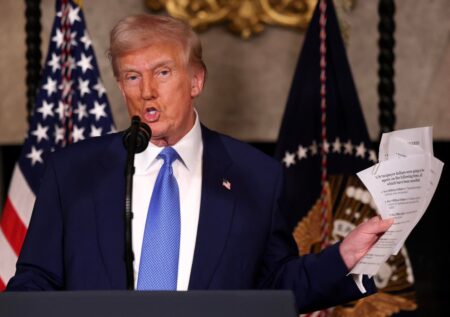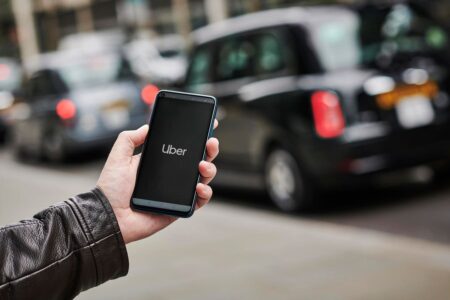8th Circuit Blocks SAVE Plan—Is Student Loan Forgiveness Doomed?
A major legal setback for student loan forgiveness has just emerged. On Tuesday, the 8th Circuit Court of Appeals issued an injunction that blocks the Biden administration’s Saving on a Valuable Education Plan and casts a long shadow over other income-driven repayment programs. While the ruling stops short of completely overturning these programs, it signals that their most generous features — designed to lower monthly payments and accelerate forgiveness — may ultimately fall under judicial scrutiny.
The SAVE Student Loan Forgiveness Plan Under Fire
SAVE was heralded as a breakthrough for millions of borrowers. It offered monthly payments that could drop as low as $0 and promised faster forgiveness for borrowers with smaller loan balances. The program, created under the regulatory authority of the Higher Education Act of 1993, was designed to provide more generous repayment terms than previous income-driven repayment options. But the 8th Circuit wasn’t convinced.
The court’s opinion, penned by Judge L. Steven Grasz, bluntly stated: “We are hard-pressed to conclude that Congress, by directing the Secretary to enact a repayment plan with varying payments based on income over a period not exceeding twenty-five years, believed it authorized the Secretary to wipe out any remaining principal or interest of any borrower in as few as ten years of low or no payments.”
This ruling came as a response to litigation brought by seven Republican-led states, which argued that SAVE represented an overreach — essentially a backdoor debt cancellation plan, reminiscent of earlier efforts that the Supreme Court had already blocked. The potential cost? An analysis by The University of Pennsylvania’s Penn Wharton Budget Model found that SAVE could have cost up to $475 billion over a decade.
Broader Implications For Student Loan Forgiveness
But SAVE is only the beginning. The 8th Circuit’s decision doesn’t stop at SAVE — it extends its injunction to other IDR programs, including those developed under the same statutory authority as SAVE, such as the Income-Contingent Repayment and Pay As You Earn plans. The court emphasized that the statutory text of the Higher Education Act does not explicitly authorize widespread loan forgiveness. If Congress had intended forgiveness to be a key feature, the language would have been much more precise — just as it was for the Income-Based Repayment plan, which was expressly created by separate legislation.
The court wrote: “If the federal officials’ interpretation of the power under ICR is accepted, the Secretary could require a borrower to pay a minimal percentage of his income for a brief period before forgiving his loans. That reading, however, runs contrary to the statute’s clear mandate.”
In essence, the ruling suggests that any program that significantly reduces the amount repaid by borrowers may be beyond what Congress originally intended. As a result, millions of borrowers enrolled in these IDR plans may soon face higher monthly payments if forced to switch to alternative repayment options with more expensive formulas.
What This Means For Student Loan Borrowers And Student Loan Forgiveness
For now, the injunction leaves borrowers in limbo. Those who enrolled in or applied for the SAVE plan remain in forbearance, but the future of student loan forgiveness under SAVE, ICR, and PAYE is uncertain. Early estimates indicate that if borrowers are forced to transition to less generous repayment plans, the average monthly payment could increase by nearly $200 — a significant burden in an era where many are already struggling with high debt and rising living costs.
If SAVE and most other IDR plans disappear, let’s examine the implications for three different borrowers, all single, residing in New York, and having direct subsidized loans at 6.5% disappear. This analysis uses the Federal Student Aid Loan Simulator.
Student Loan Forgiveness Scenario 1:
A borrower earning $50,000 a year with $50,000 in student loan debt would have paid $12,345 under the SAVE plan and had $50,000 forgiven. If the IBR plan remains, the borrower would have to pay over $40,000 more. If the borrower had to revert to the standard repayment plan, they would pay $68,220, over $55,000 more than under the SAVE plan.
Student Loan Forgiveness Scenario 2:
A borrower earning $50,000 a year with $100,000 in student loan debt would have paid $12,345 under the SAVE plan and had $100,000 forgiven. If the IBR plan remains, the borrower would have to pay over $40,000 more. If the borrower had to revert to the standard repayment plan, they would pay a total of $136,441, which would be over $120,000 more than under the SAVE plan.
Student Loan Forgiveness Scenario 3:
A borrower earning $150,000 a year with $100,000 in student loan debt would have paid $122,440 under the SAVE plan and had $100,000 forgiven. If the borrower had to revert to the standard repayment plan, they would pay a total of $136,441, which would be roughly $14,000 more than under the SAVE plan.
These are just illustrative examples using the existing plans and may not be representative, given that Republicans are considering creating a new IDR plan without any student loan forgiveness. However, they highlight the dramatic increase in total debt paid that student loan borrowers may face if SAVE and other student loan forgiveness options are eliminated.
The Broader Student Loan Forgiveness Debate And Future Prospects
This ruling is part of a more significant battle over the future of student debt relief. The legal challenges to SAVE are intertwined with political debates — Republican lawmakers and the Trump administration have long argued that expansive debt forgiveness programs impose unfair costs on taxpayers. With the 8th Circuit extending its block to SAVE and other IDR plans, the ruling may pave the way for further legislative and judicial actions.
Congress is already considering proposals that could repeal not only SAVE but all existing IDR plans, replacing them with a new system that eliminates loan forgiveness. Such a move could force millions of borrowers into a cycle of perpetual debt — a prospect that consumer advocates warn would have profound long-term economic consequences.
The Student Loan Forgiveness Upshot
The 8th Circuit’s injunction challenges the Biden administration’s expansive interpretation of its student loan forgiveness authority under the Higher Education Act; the court has set the stage for a reevaluation of all IDR plans that incorporate forgiveness features. For borrowers, this means preparing for a future where more onerous repayment obligations might replace the promise of low or even zero monthly payments.
Read the full article here









